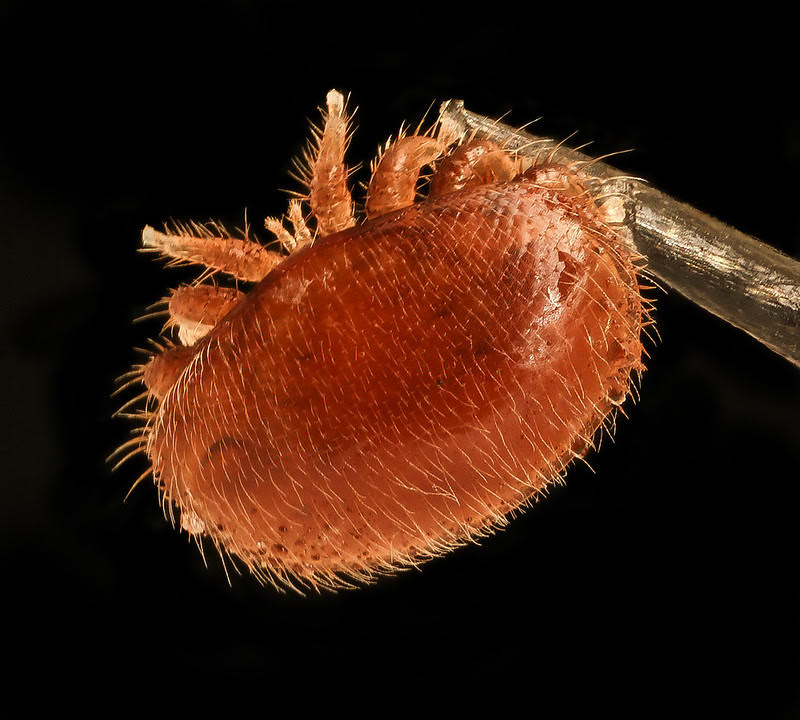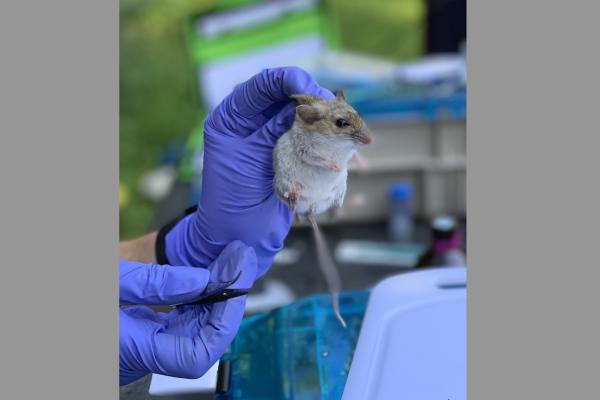Research roundup: Varroa mites give honey bees disease, but do they have the same impact on other insects?
November 16, 2020

While honey bees get Deformed wing virus (DWV) from a parasitic mite, Varroa destructor, the presence of the parasite is not a likely factor in increasing the spread of the disease for other insects, according to a recent study. Varroa destructor has spread DWV to honey bee colonies around the globe, contributing to large-scale colony loss for beekeepers. DWV can be found in many species of insects and spills from honey bees into both closely-related and other insects. In this study, Declan Schroeder, PhD, collaborated with researchers in Australia and the United Kingdom to investigate the presence of viruses in 127 insect samples belonging to various species of insects collected from Hawaiian islands. The research team looked at insects both with and without Varroa to identify whether the mite has indirectly affected the viral landscapes of various species of bees, wasps, flies, and ants. The scientists’ findings showed that, while Varroa was associated with a dramatic increase in DWV in honey bees, this change was not seen in any other sampled species. Honey bees share their environment with other insect populations and exist as a homogenous group, frequently sharing common viruses, albeit at low levels. But the data from this study suggest that the threat of Varroa to increase viral load in bee-related species does not automatically translate to an increase in the viral load in other insects living in the wider community. This research was funded by the British Beekeepers Association, CB Dennis Trust, and Bee Disease Insurance.
Read more in the paper published on October 29 in MDPI.


